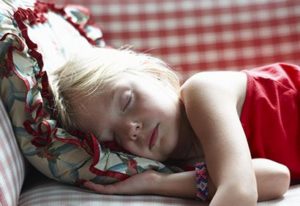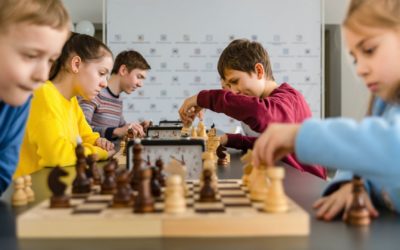Sleep at night is essential for a child. Other than the fact that it is a renewal process, it allows the child's brain development and growth via the regulation of hormone production. Just like nighttime sleep, children also need to nap. So, Kidlee tells you everything you need to know about children's naps.
How long should a nap last?
Before going into detail on this subject, it is necessary to remember that each child is different. Thus, the needs vary greatly from one child to another. Some children need a long nap in the afternoon while others are content with a short rest.
According to the Canadian Paediatric SocietyChildren need a certain number of hours of sleep in a 24-hour period:
- Infants (4 to 12 months): 12 to 16 hours per day
- Infants (4-12 months): 11-14 hours
- Children (3 to 5 years old): from 10 to 13 hours
- Children (6 to 12 years old): 9 to 12 hours
So, to answer the question "how many hours of sleep for a nap?", we'll base it on the child's age.
Children's nap: from 18 months to 4 years
By the way, it is important to know that there is a balance between daytime sleep and nighttime sleep. That's why naps that last too long are not recommended. They affect the quality of sleep at night. However, if the child takes 2-hour naps and goes to bed easily at night, there is no problem.
Ideally, at this age, it is best to take a nap in the early afternoon, right after lunch, for an hour to an hour and a half.
Children's nap: 4 to 6 years old
Some children still need a nap at this age, while others do not.
You can offer him a nap on the weekend, just to recover the energy spent during the week.
Children's nap: 6 years and older
Over the age of 6, the focus is on nighttime sleep. If the child in question starts napping again every day, this is a warning sign. This is because the hours of sleep needed are normally less, and therefore the free time is transformed into activity time. This may suggest that the child's sleep quality is insufficient.
Some tips for a great nap
Do not force the child
Of course, napping is recommended. But if your child doesn't want to, there's no point in forcing him or her. What you can do is to create an atmosphere conducive to falling asleep by asking him to lie down for a while. It's helpful to remind him that he doesn't have to go to sleep. A quiet space, drawn curtains, a turned-off television and a book within reach are recommended.
Do not wake the child
This is a piece of advice to be taken with a grain of salt. Normally, the child wakes up from a nap by himself. However, it is not advisable to let your child take more than two nap cycles, i.e. about 3 hours, because this will affect the quality of sleep at night. Also, you may end up with a child who is bubbling with energy at 11pm. That's why you shouldn't leave your child in complete darkness or isolate him from normal noises for his nap. The latter allow for a gentle awakening as soon as the sleep becomes lighter.
The sweet dreams sprayer
This pshit pshit is the editor's favorite! Just take a spray bottle, put some water in it and let the magic happen. A fun little idea that will add a touch of magic that the child will love.
Paying attention to what he eats
Have you noticed the "not recommended for children" label on some soft drinks? Generally, these are drinks that contain caffeine. Therefore, the evening drink is equivalent to the morning cup of coffee. So, we avoid any product to be eaten or drink that contains caffeine.






